
Shio Kusaka at David Zwirner, New York
In our ongoing online monthly series, LUX’s editors, contributors, and friends pick their must-see exhibitions from around the globe
Bettina Korek, CEO of the Serpentine Galleries in London
This month I’m excited to see my friend Shio Kusaka’s exhibition at David Zwirner in New York. Her ceramics are influenced by her daily life: vessels with designs that highlight their imperfections as if gleaned from lived wisdom, or dinosaur and animal pieces that her kids love. There is a complicated formal world locked away in each of her seemingly playful creations, with sophisticated difference and repetition techniques as well as nuanced tactility that can only existed in a medium such as this.

Dominique Gonzalez Foerster, Opera QM.15
I’m also looking forward to OPERA (QM.15), an artwork by Dominique Gonzalez-Foerster presented at Bourse de Commerce in Paris inspired by the legendary Maria Callas from 6th April. The artist describes the ‘apparitions’ as “an attempt to communicate with certain spirits”—very intriguing proposition. Similarly, Gonzalez-Foerster’s Serpentine takeover this spring considers the questions: what would happen if aliens fell in love with us. She so masterfully creates multifaceted worlds that oscillate between finite and infinite, the empirical and the dramaturgical.
Follow LUX on Instagram: luxthemagazine
Lastly, I always recommend visiting a Mayfair hidden gem: the Louis Vuitton flagship on New Bond Street which includes fascinating immersive works by eminent artists such as James Turrell, Alex Katz, Sarah Crowner and furniture by the Campana Brothers. I’ve always admired LV’s innovation in producing collaborations with artists and dedication to bringing art to the public in a way that exceeds expectations for a luxury brand.
Helaine Blumenfeld OBE, sculptor
Given the current state of uncertainty in the world, I recommend two powerful and moving exhibitions (in addition to my own solo show Intimacy and Isolation at the Hignell Gallery, Mayfair, London) to help us remember the sense of healing that Art can provide.

Helaine Bleumnfeld’s Intimacy and Isolation at the Hignell Gallery, Mayfair, London
Fondation Beyeler in Basel, Switzerland offers a deep look at Georgia O’Keeffe’s work including rarely seen paintings from public and private collections from 23 January until 22 May. The show explores O’Keeffe’s unique way of looking at her surroundings and translating them into new and hitherto unseen images of reality. Georgia O’Keeffe’s paintings of flowers have deeply affected and profoundly influenced me from my childhood. Her work suggests transcendence into a realm that lies beyond substance; it is poetic and elusive; it is often joyful. Ultimately, her work is mysterious and visionary. The abstract images reflect O’Keeffe’s desire to capture the ‘essence’ and to reveal a multitude of figurative references that she disguises with transparent layers. She takes serious risks with colour and challenges visual harmony in order to stimulate the viewer to look beyond the parameters, to question what they see. I often find myself revisiting her images in my mind, both on dark days when I feel the need for intense light and renewal and, in celebratory moments when I want to share my optimism and sense of possibility.

Georgia O’Keeffe, Oriental Poppies, 1927
Also not to be missed is By Her Hand: Artemisia Gentileschi and Women Artists in Italy, 1500–1800 at the Detroit Institute of Arts from 6 February until 29 May which highlights the largely unexplored role of women artists in Italy from the Renaissance until the Enlightenment. Although many will know the powerful and difficult story of Artemisia Gentileschi and her daring and dynamic work, this show goes further, highlighting the works of a diverse group of Italian women artists, all of whom challenged the conventions and expectations of a male-dominated art world. The variety in their work reveals to the viewer not only their technical skills but their vision, ingenuity and courage as artists.
Phil America, artist and designer
When you travel the world a lot or frequent art fairs, you start to see a lot of the same artists and trends over and over again. It takes something special, something unique to make me feel like I have to go see a particular show if I don’t know the artist personally at this point.
One gallery I am never disappointed by is François Ghebaly gallery in Los Angeles. The current shows, Victoria Gitman‘s Everything Is Surface: Twenty Years of Painting and Em Kettner‘s The Understudies are not to be missed.
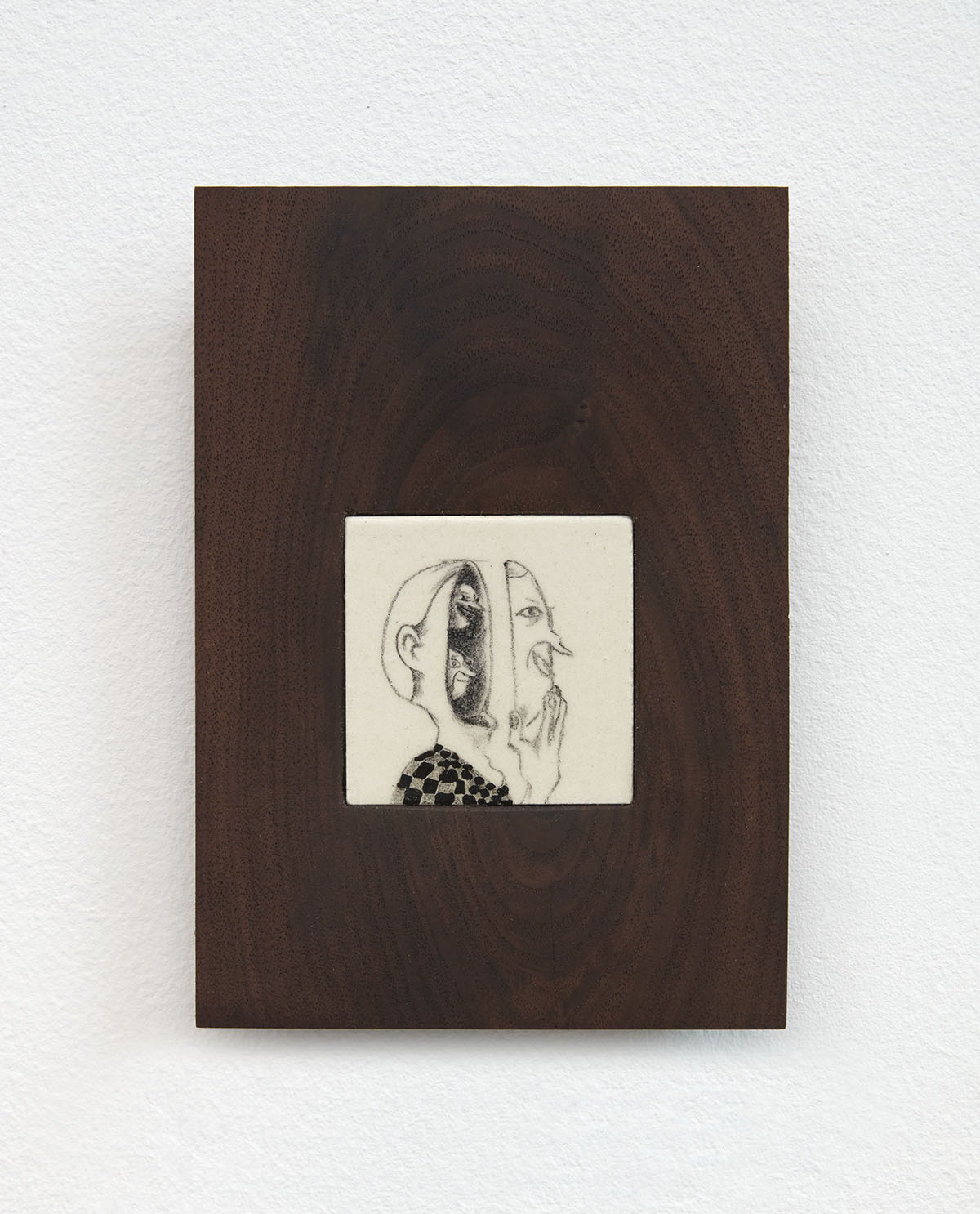
Em Kettner, Two Guides, 2022
I had a moment to talk about the show itself as well as the artists with the gallery’s director Belen Piñeiro and she told me, “the shows by Victoria Gitman and Em Kettner deal with intimacy but from very different perspectives. Where Victoria’s work is about surface and challenging our idea of representation, Em’s works on tile develop storytelling and character construction. On both shows however, the small scale of the formats brings the viewer to get up close to the works, observe their minute detail which creates a form of introspection. They require physical presence to fully understand them.”
Read more: Philanthropy: Anita Choudhrie on supporting women in parasports and art
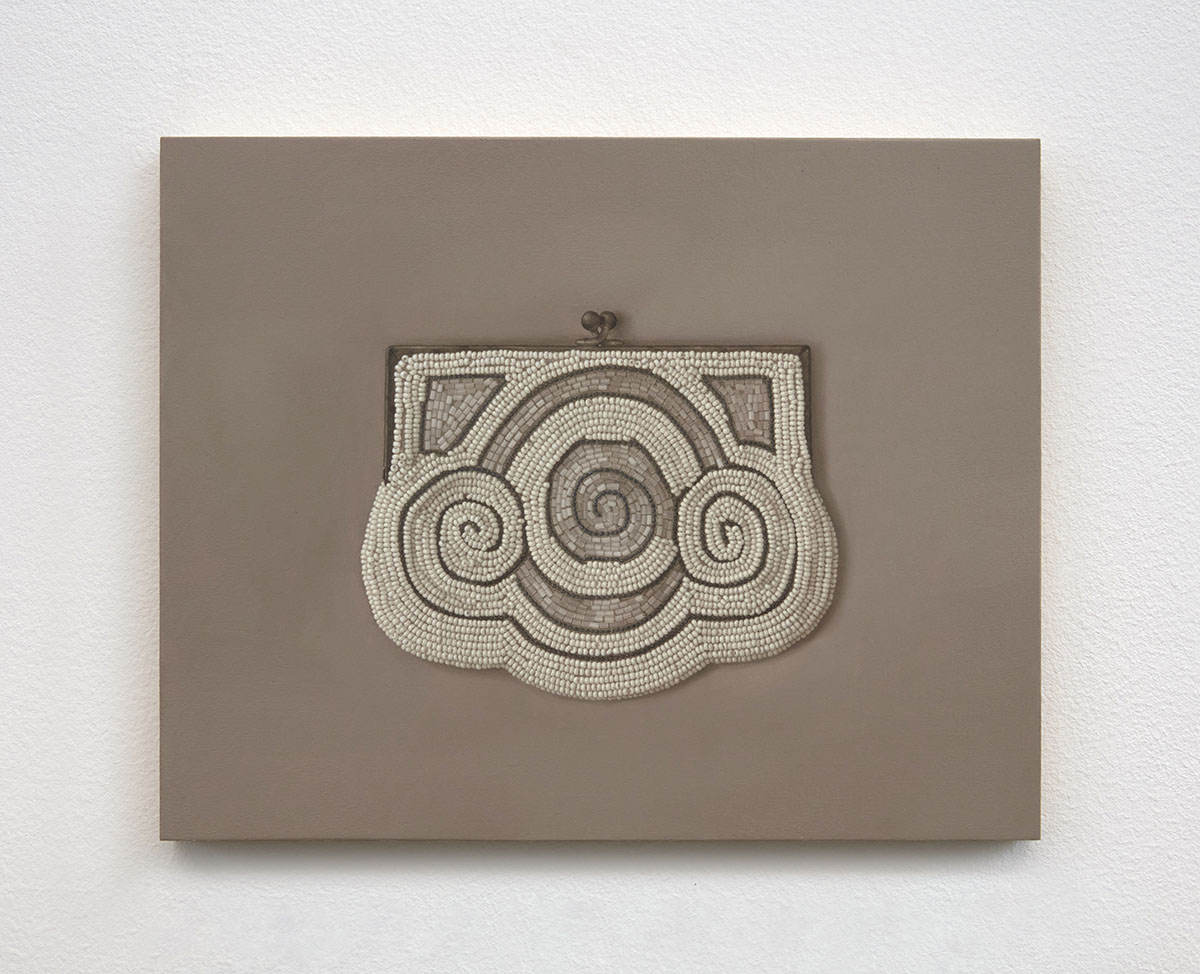
Victoria Gitman, On Display, 2006. Photograph by Paul Salveson
If you find yourself in Los Angeles before the shows close on May 7th, your physical presence is required at Francois Ghebaly’s gallery.
Emilia Yin, founder, Make Room Gallery, LA
I will have to say my must-visit exhibition is our booth at Art Brussels, where we present the work of Jacopo Pagin and Guimi You in conversation. The practices of Pagin and You are concerned with the crosscultural history of painting as a medium, as well as the investigation of modern existence and mysticism through such historical lenses.

Guimi You painting. Photo by Josh Schaedel
Guimi You’s practice is informed by her training in both San-su hwa (traditional Korean painting) and Western oil painting. Her works combine the influence of feminists surrealists like Leonora Carrington with the vast plein air landscapes of Korean silk painters like Jeong Seon. Jacopo Pagin’s limpid canvases are rife with nods to Venetian colorito and Mannerist figuration, inspirations gleaned from his training at the Accademia in Venice. His compositions are shot through with a delicate surrealism evocative of Leonor Fini’s dream-like sketched figures or Cocteau’s sensuous line drawings. While You’s female figures comment upon the Sublime vastness of landscapes– often dwarfed by their colorful expanses– Pagin’s characters become part of the landscape, their heads melded into the surf and the rock faces, bringing to mind pagan goddesses of nature. As Guimi’s own technique finds itself at an intersection of Easten and Western technique, so too does Pagin’s leitmotifs evoke a cross cultural dimension: his works often contain within them decorated fans or Chinese patterns, which, combined with his deeply learned techniques, simultaneously evoke and subvert the craze of Orientalism in 18th-century European art.

Jacopo Pagin, ‘We Kiss’
Though deeply indebted to established styles and practices, You and Pagin both confront their subjects from a wholly contemporary perspective. You’s intense color palettes are drawn from the digital, her initial designs taking shape on iPad software. Her practice is intensely intuitive and personal, drawn from real life, which makes her dreamlike interventions– a maw of pitch blackness enveloping a canvas; a colorless figure pasted into a lush landscape like a glitch on the canvas; a curl of steam morphing into a toy snake– all the more surreal; Pagin’s interventions of abstraction into his paintings is accompanied by his use of a mise-en-scéne, composed of sonic art and installation. These installations are approached in a dense, philosophical manner, by which the paintings function as a “time machine” through which the artist can– in his own words– “reuse and reinterpret the gestures and techniques of the past to continually re-identify myself through diverse means.”
They both previously had sold out exhibitions at Make Room, and this is both of their first time participating at Art Brussels.
The fair will be open from April 28- May 2.
LUX Editorial Team
This month we’re looking forward to seeing Fashioning Masculinities: The Art of Menswear at the V&A in London. Fashioning Masculinities is an exhibition which celebrates the diversity of men’s fashion throughout history. Designs from contemporary fashion designers such as Harris Reed and Raf Simons are featured alongside historical artefacts which include sculptures, painting and photographs.

Alessandro Michele for Gucci look worn by Harry Styles
The exhibition displays the wide range of ideas that surround masculinities, particularly beyond the binary, and how this idea has evolved and changed throughout history from the Renaissance to the modern day.



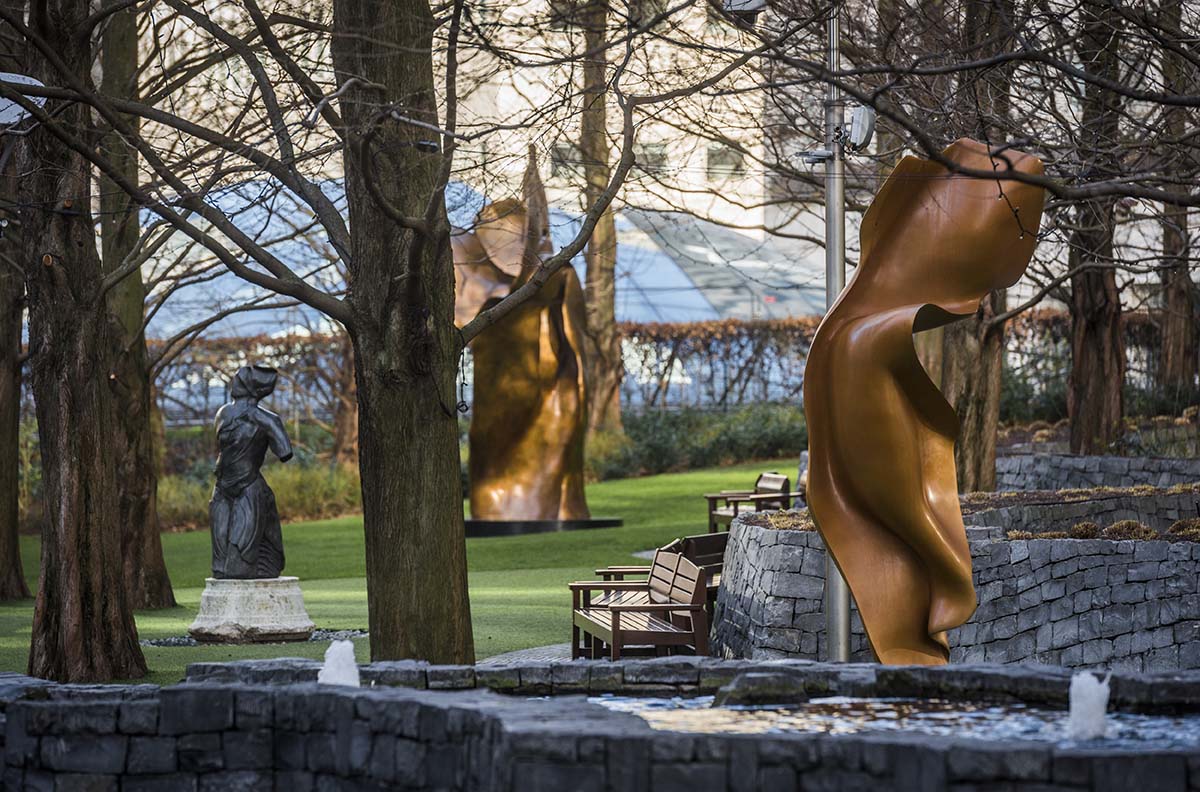

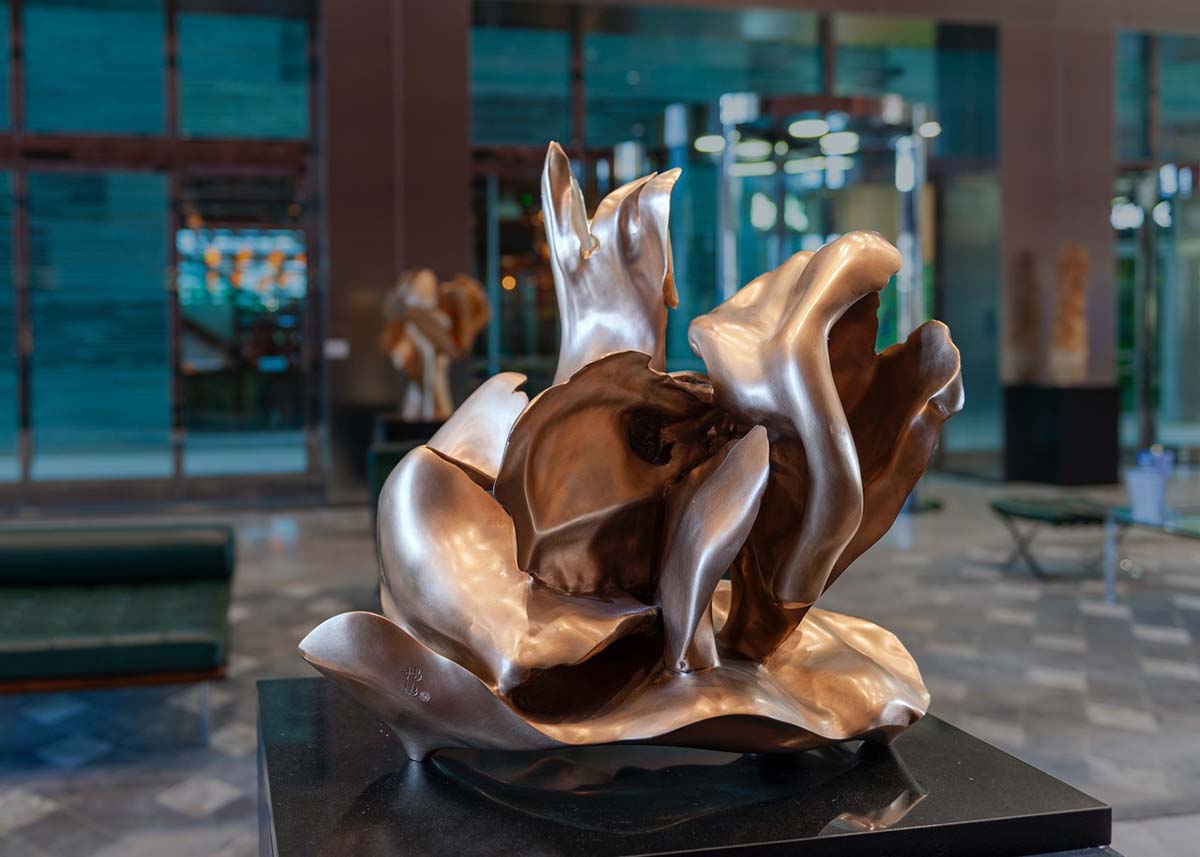

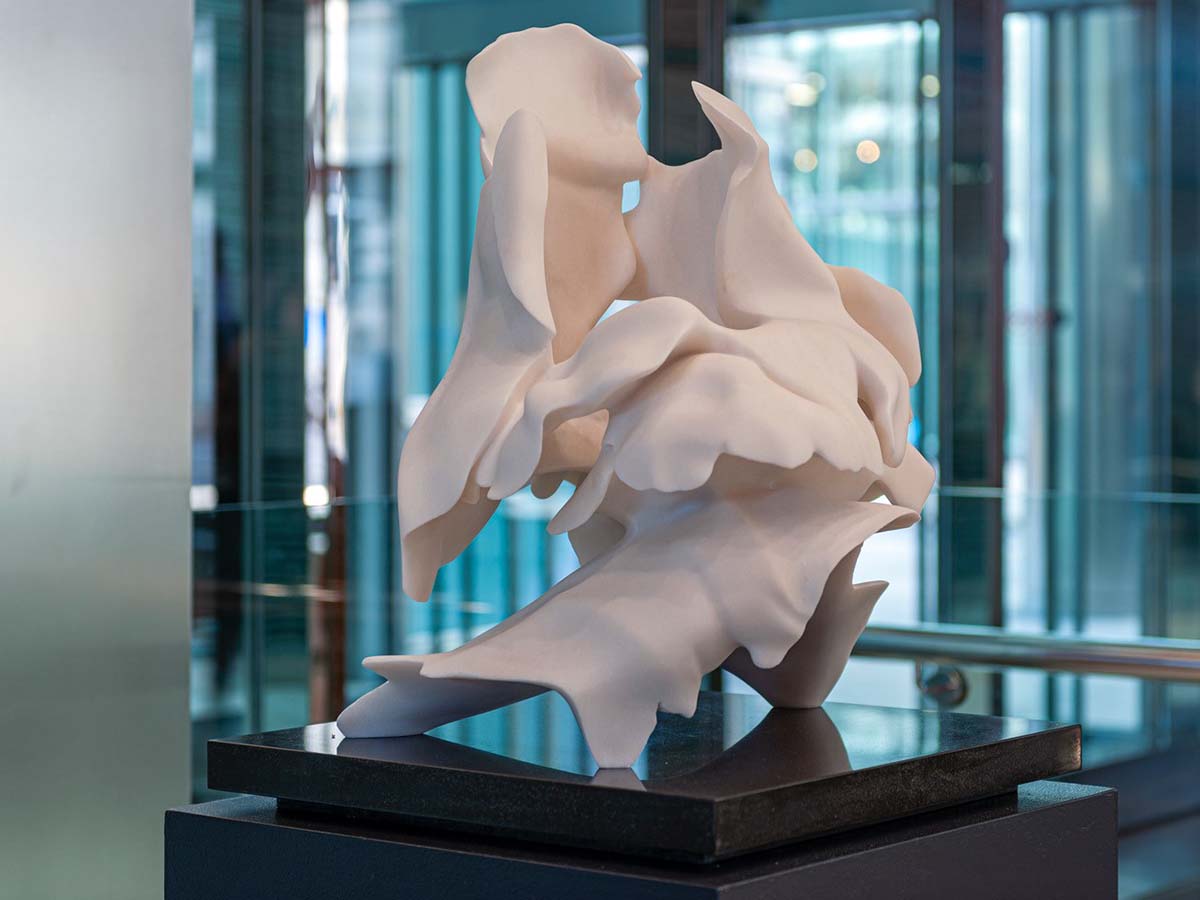








Recent Comments